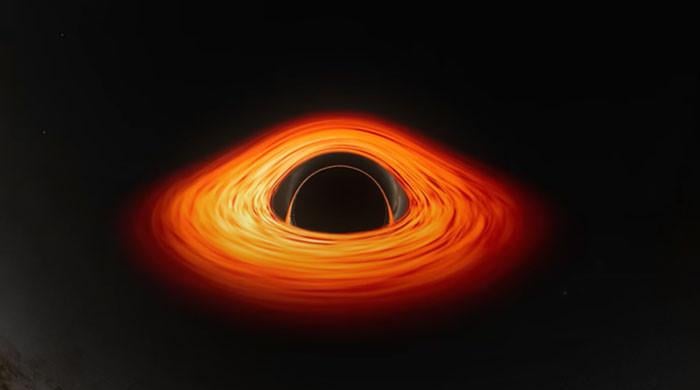Scientists have been trying to form black hole from pure light, but it seems impossible feat
A new study has discovered that black holes can’t be formed from pure light as quantum physics would limit their creation under any foreseeable conditions.
Matter is usually responsible for black holes. They are also often formed when a star’s core tumbles at the end of its life. However, matter is not essentially required to form a black hole, reported Science News.
Black holes could form from concentrated energy alone, as per general theory of relativity.
Meanwhile, a black hole that is formed from electromagnetic energy — also known as light — is called a kugelblitz. Interestingly, for decades, that concept has been jangling around in physicists’ brains.
But in reality producing a kugelblitz seems to be a no-go, theoretical physicist Eduardo Martín-Martínez and colleagues report in a paper, that was accepted to Physical Review Letters.
“No known source in the current universe would be able to produce it, neither artificial or natural,” said Martín-Martínez, of the University of Waterloo in Canada.
That concept is “a very interesting thought,” says theoretical physicist Juan García-Bellido of Universidad Autónoma de Madrid, who was not involved in the new study, “especially if we want to produce something like this in the laboratory.”
Previously, scientists have also considered whether futuristic lasers might one day form a black hole in a lab. They even proposed using a kugelblitz to power a spacecraft.

Daisy Hips is a science communicator who brings the wonders of the natural world to readers. Her articles explore breakthroughs in various scientific disciplines, from space exploration to environmental conservation. Daisy is also an advocate for science education and enjoys stargazing in her spare time.







:max_bytes(150000):strip_icc()/070124-july-4th-best-deals-social-c3bd1443717e4803b49a6a5f658f9152.jpg)